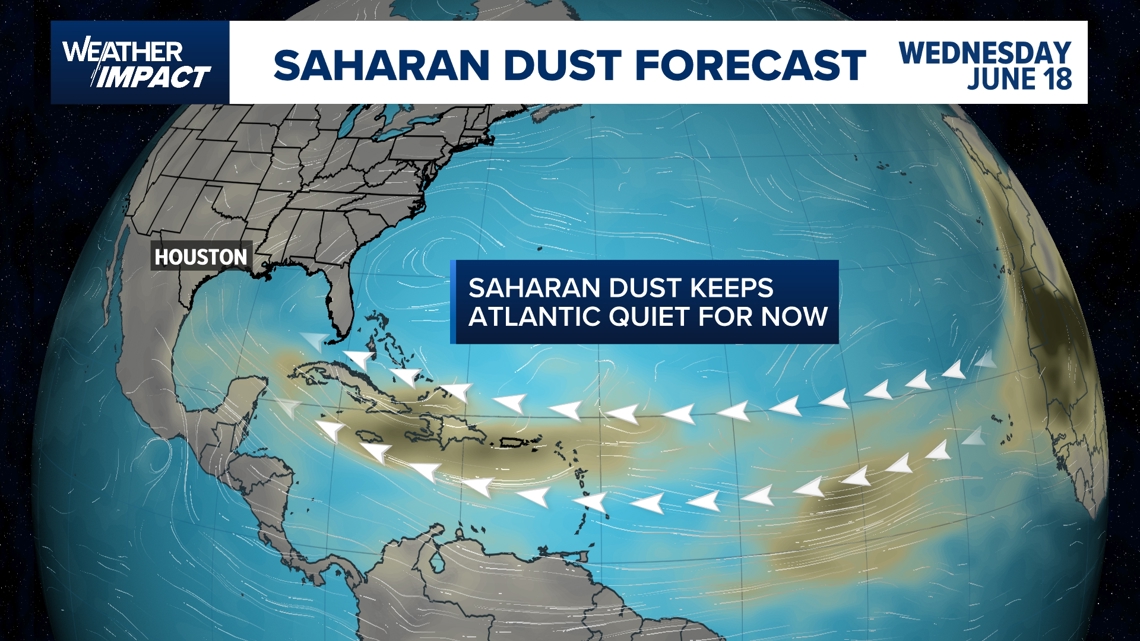- Eric Tulsky comfortable, confident and going for the Stanley Cup in 2nd year as Hurricanes GM
- 5 homes collapse into the surf of the Outer Banks as hurricanes rumble in Atlantic
- As hurricanes pass offshore, more Buxton homes collapse into the sea
- Central Texas floods reveal need to shore up disaster response in unincorporated areas
- Latest: Tropical Storm Imelda will pull away from East Coast, expected to become a hurricane
Hurricane Season Week 3: Active Pacific keeps Atlantic quiet
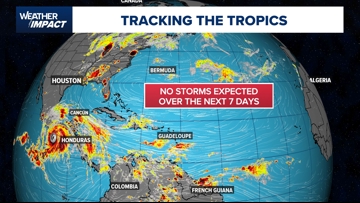
As the Eastern Pacific remains active, the tropical Atlantic is dead quiet.
HOUSTON —
Atlantic Hurricane Season: Week 3
Week three of the Atlantic hurricane season is here, and the tropics remain in a deep sleep. Meanwhile, the tropical Eastern Pacific is alive with the fifth storm of the season barreling towards the west coast of Mexico. If we finish this week without a named storm in the Atlantic basin (which seems very likely), this will mark the quietest start to the Atlantic hurricane season since 2014.

While a quiet start to the season doesn’t imply that the rest of the season will stay that way, it is a welcome sight after a long string of early and active starts over the last few years. To understand why activity has been so quiet on our side of the globe, we need to start by looking at the Pacific.
An Active Tropical Pacific

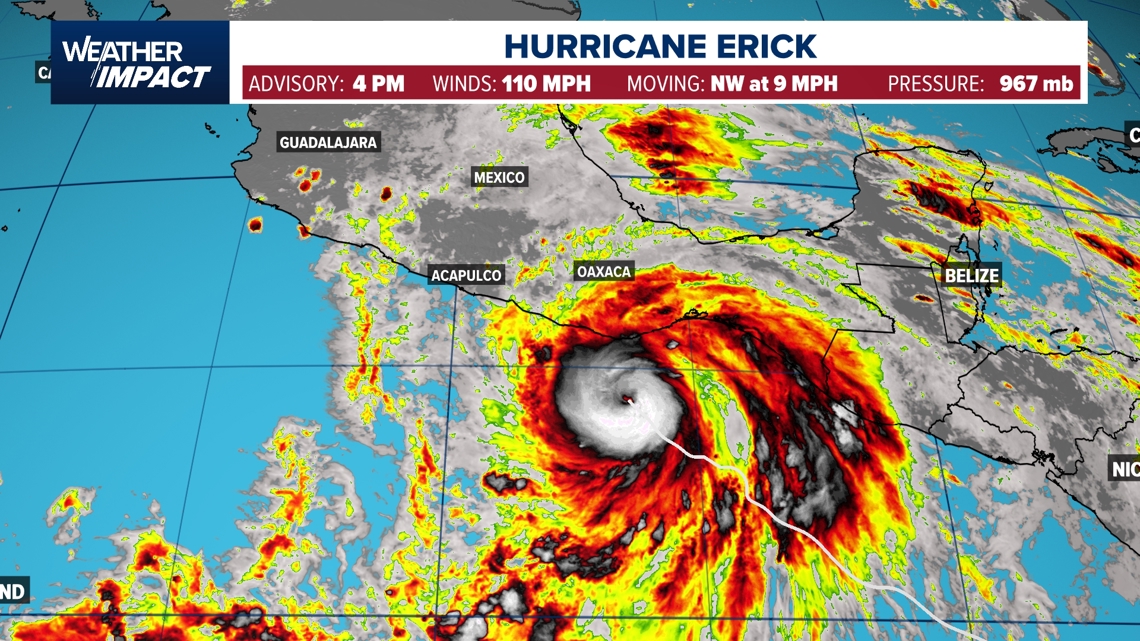
The tropical Eastern Pacific (EPAC) is off to one of the most active starts on record. Even though the EPAC season starts earlier than the Atlantic season (May 15 in the EPAC vs. June 1 in the Atlantic), that basin is already on its fifth storm of the season. That is the most storms ever observed this early in the season for the EPAC going back to 1970.

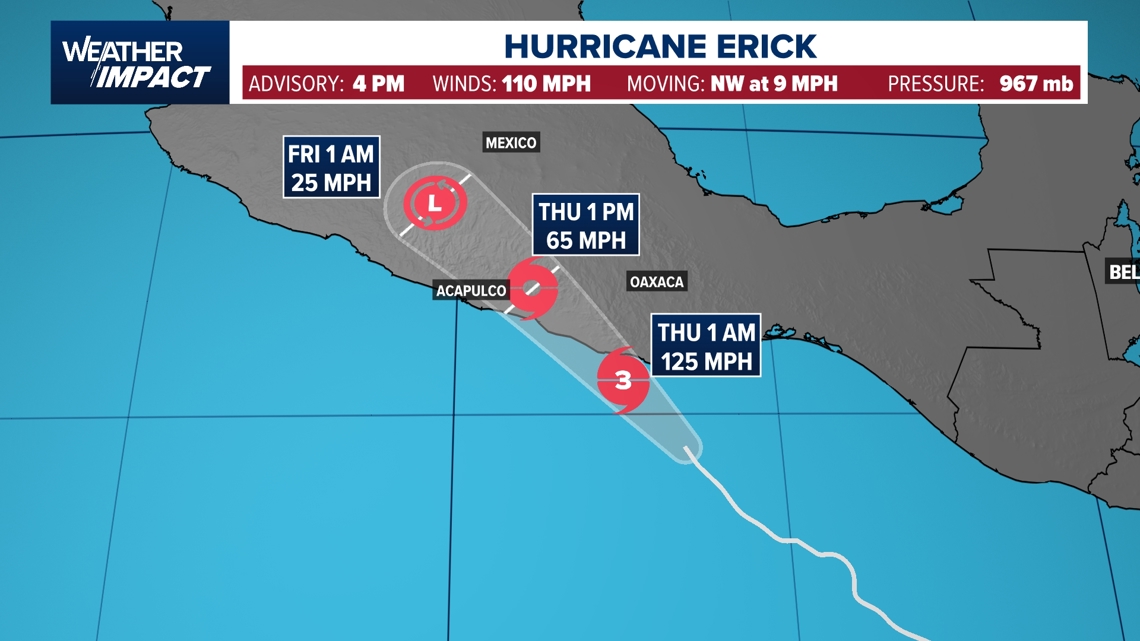
The latest storm, Hurricane Erick, is expected to make landfall south of Acapulco later this week as a major category 3+ hurricane. Heavy rain is expected across Mexico all along the west coast, with some areas seeing more than a foot of rain by Friday.


The connection to the Atlantic
While an active tropical Eastern Pacific could spell problems along the west coast of Mexico, it may be a large reason as to why the Atlantic season has been off to such a quiet start. Typically, the hot spots for tropical development during the month of June in the Atlantic basin are across the Gulf and the Caribbean. However, when the EPAC is active, this can severely limit any development in the Western Atlantic.


As storms develop in the EPAC, they create a lot of exhaust in the form of wind shear. That wind shear then gets pulled into the Gulf and Caribbean, leading to a hostile environment for storms to develop.

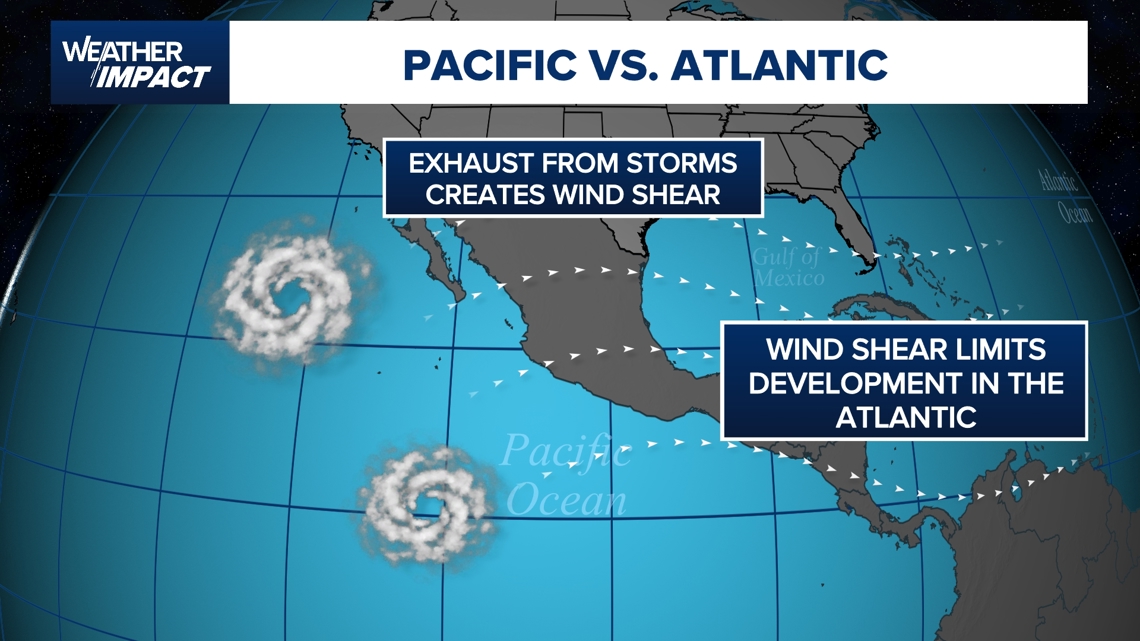
With storm after storm developing in the Pacific over the last few weeks, the Western Atlantic has been completely void of storms thanks to this wind shear. We can actually observe this impact in real time as Hurricane Erick makes an approach towards Mexico. As long as wind shear is flowing from the top of a storm and ripping through the Gulf and Caribbean, it will be nearly impossible for anything to develop close to home.

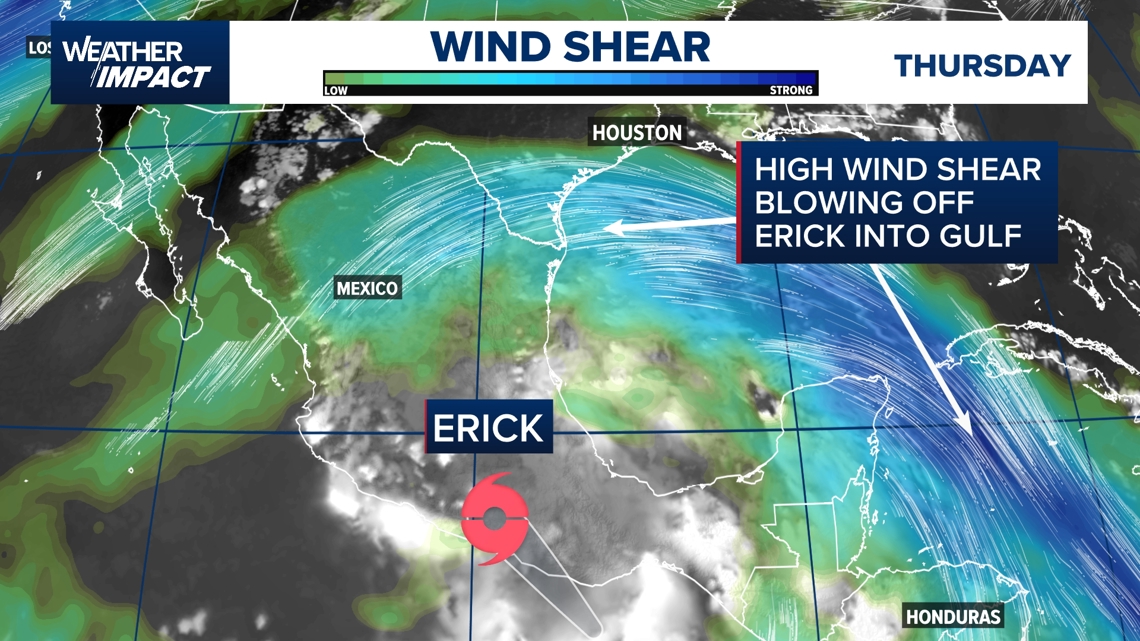
In the Central and Eastern Atlantic, conditions remain quiet thanks to high concentrations of Saharan Dust. This is typical for June and July, which is why these areas aren’t typically monitored for storms until later in the season.

